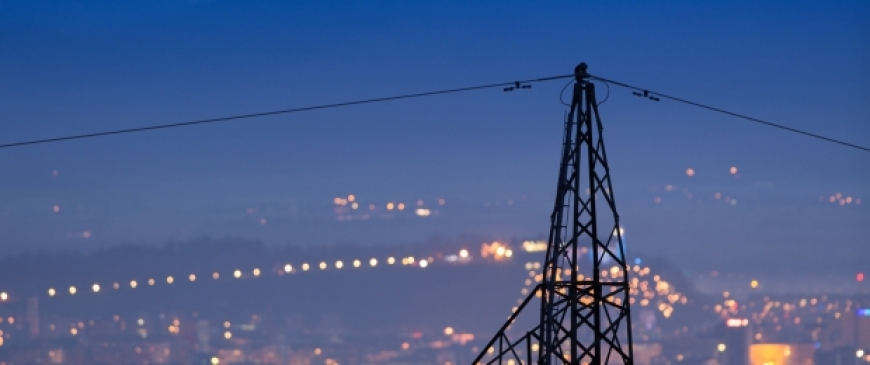
In a new CER policy brief, 'The EU Energy Union: More than the sum of its parts?' Dieter Helm
looks at how an Energy Union built around EU-wide gas and electricity networks will help
produce cheaper, greener and more secure energy for Europe
- The EU Energy Union is a concept whose time has come. Yet there is little consensus as to what it should contain. The Commission has listed all the current measures and added a layer of governance. Yet the key to success is to focus not on what is currently being done on a piecemeal basis but on the core infrastructure of the European market – the network systems of electricity and transmission.
- The integration of these networks has multiple pay-offs to the European economy. Integrating networks increases Europe’s security of supply and reduces the pressure of those countries exposed to Russia’s aggressive threats to gas supplies; reduces the costs of meeting the capacity requirements in each member-state; and brings competition to the heart of the dominant national incumbents and hence helps to harmonise prices.
- Integration significantly reduces the system costs of renewables and decarbonisation – by allowing the various types of renewables to be located in the best places, with the most sunshine and the best wind flows, and by providing better back-up to intermittency.
- An EU Energy Union built around the core networks is therefore the best and probably only way to achieve the EU’s trilemma of objectives – security, decarbonisation and competitiveness.
- The paper proposes three steps to the development of the EU Energy Union: that the Commission undertake an assessment of the prize that integration will bring; that it should map out the networks at the European level; and gradually move towards a European system operator.
Policy brief
Δεν υπάρχουν σχόλια:
Δημοσίευση σχολίου